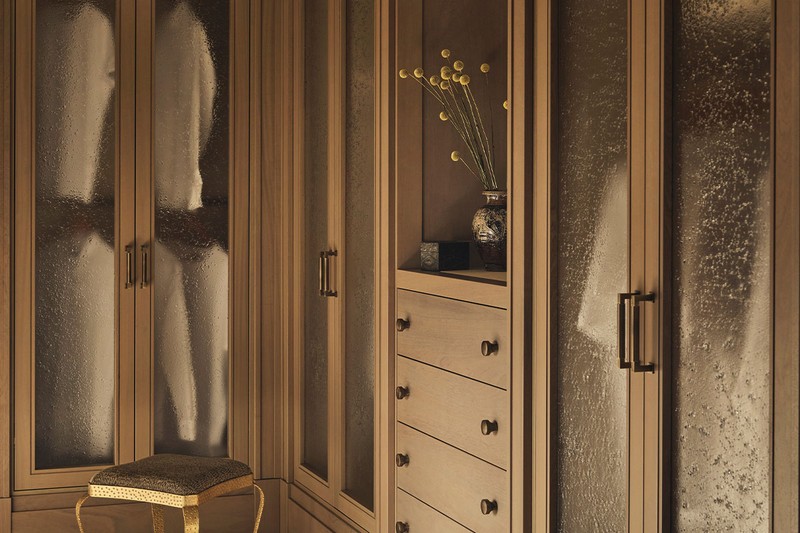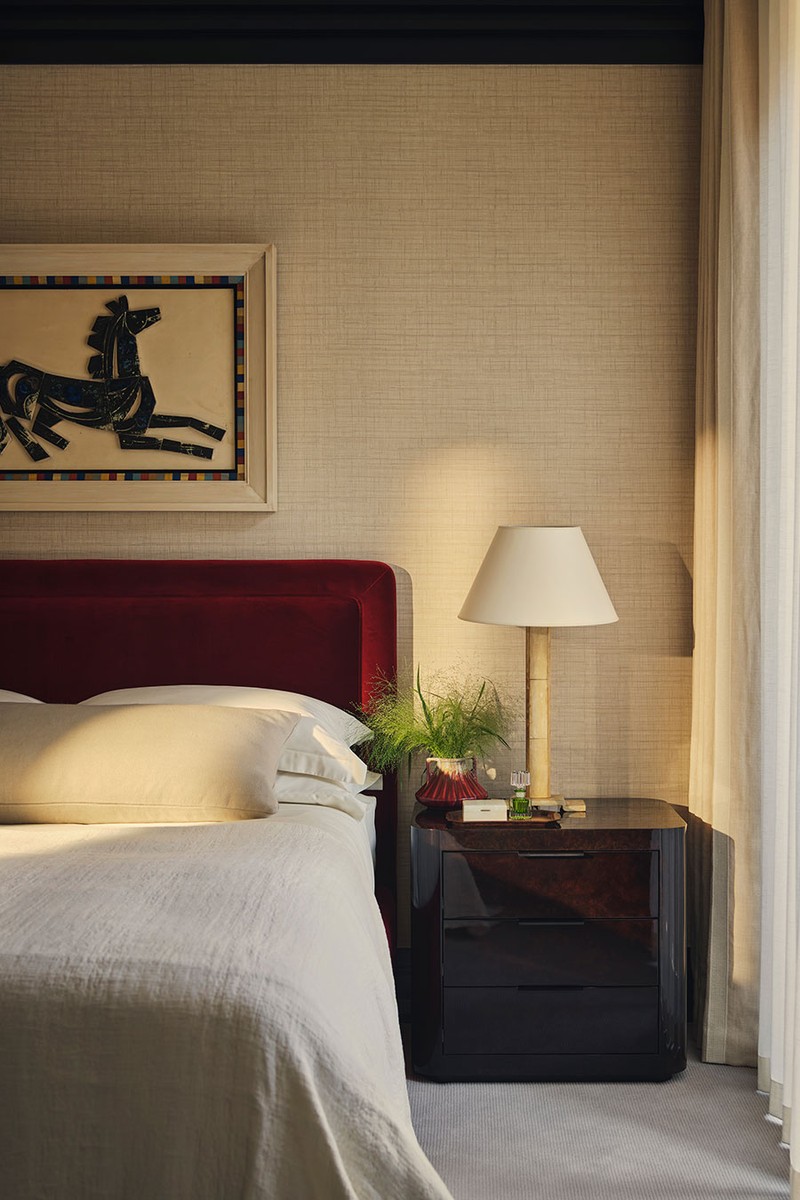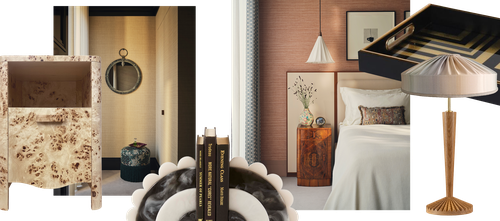

Interiors Trend Watch: Art Deco
All products on this page have been selected by our editorial team, however we may make commission on some products.
The latest interpretation of Art Deco – ‘New Deco’ – distils the movement’s essence rather than recreates its past. While previous revivals leaned into the maximalist glamour of the 1910s and 20s, today’s approach balances opulence with modern restraint. It’s about celebrating craftsmanship, rich materials, and bold geometric motifs, but softening them with contemporary curves, organic shapes, and a sense of layering that evokes today’s sensibilities within the home. When designing the interiors for our 60 Curzon project, we focused on blending vintage details with bespoke elements, ensuring that the space evoked a sense of liveable sophistication.
Balance is key. Art Deco is about drama and precision, but rather than fully immersing a space in period details, we recommend introducing subtle references – think sculptural furniture with elegant curvature, rich materials like burr wood, marble and onyx, or a statement piece, perhaps an antique Art Deco mirror or a brass-inlaid console. Layering is essential – pairing vintage accents with contemporary furnishings keeps the look refined and avoids that pastiche effect.
Luxurious, tactile materials remain at the heart of the Deco aesthetic. But today, we’re using them in a more understated way. Marble, onyx, smoked and ebonised woods, lacquered finishes, and velvets are all integral, but it’s good to contrast them with softer elements. At 60 Curzon, within the main bedroom, we juxtaposed rich timber tones with a pair of antique re-upholstered armchairs, adding depth and a sense of history to the space. Metals, particularly brass, bronze and chrome add a refined edge, while craftsmanship plays a pivotal role in maintaining the sense of quality and authenticity.
Deep, rich tones inspired by the Jazz Age are also key – think saturated burgundies, sage greens, buttery yellows. However, these colours are balanced by neutral backdrops so they don’t overwhelm a space. The introduction of soft blues and muted ochres creates contrast and moments of calm. For example, we designed a bespoke smoked ash drinks cabinet with burgundy interiors, and serpentine handles combining depth of colour with structural elegance. When placed within the reception room, the shape and form of the cabinet added a sense of grandeur, while the colour and textural wood offered a much-needed contrast.
Geometry is a hallmark of Art Deco but it needs to be used with restraint. Instead of filling a space with repeated patterns, we focus on a singular, impactful moment – perhaps a floor inlay, a bespoke joinery piece with marquetry detailing or a sculptural chandelier. Softening geometric motifs with curves is another way to maintain balance; for instance, a bold-patterned rug works well with a rounded sofa or an organic-shaped coffee table.
A combination of vintage pieces alongside modern designs creates a layered, sophisticated feel. We incorporated the Raphaël Navot ‘Moon’ sofa into our Regent’s Crescent project – an effortless way to nod to Deco’s curves while maintaining a contemporary sensibility. Other key pieces include a statement drinks cabinet, often with marquetry or metal inlays, a sleek console table in lacquer or marble, and an antique mirror.
Lighting is crucial as it sets the mood and enhances architectural details. For a more refined approach, opt for sculptural pendant lights with brass or frosted glass, paired with structured wall sconces. At 60 Curzon, we used lighting to highlight textural contrasts, from the glow against bespoke joinery to the interplay of light on lacquered surfaces. Linear and geometric designs work well but so do organic, cascading chandeliers that soften the space.
Art Deco can work in a minimalist setting. It’s just important to focus on the essence of the movement – elegant symmetry, materials, and craftsmanship – without overloading the space. A single statement piece, such as a dining table or a richly textured headboard, can evoke the right kind of glamour while keeping the aesthetic on the right side of refined. The ‘New Deco’ approach is all about restraint, layering textures and materials rather than excessive ornamentation.
To blend Art Deco elements with your existing décor, start with the materials. Introduce touches of marble, lacquer, or velvet to instantly infuse elegance. Then, consider shape – perhaps swapping out a standard coffee table for one with a more curved form. Metallic details, whether through the lighting, decorative inlays or furniture accents, are all subtle nods to the look. The goal is to create a dialogue between eras – pairing an antique piece with contemporary furniture or layering a geometric-patterned rug within a softer, more organic setting ensures a seamless blend of styles.
Visit ELICYON.COM
SHOP THE EDIT
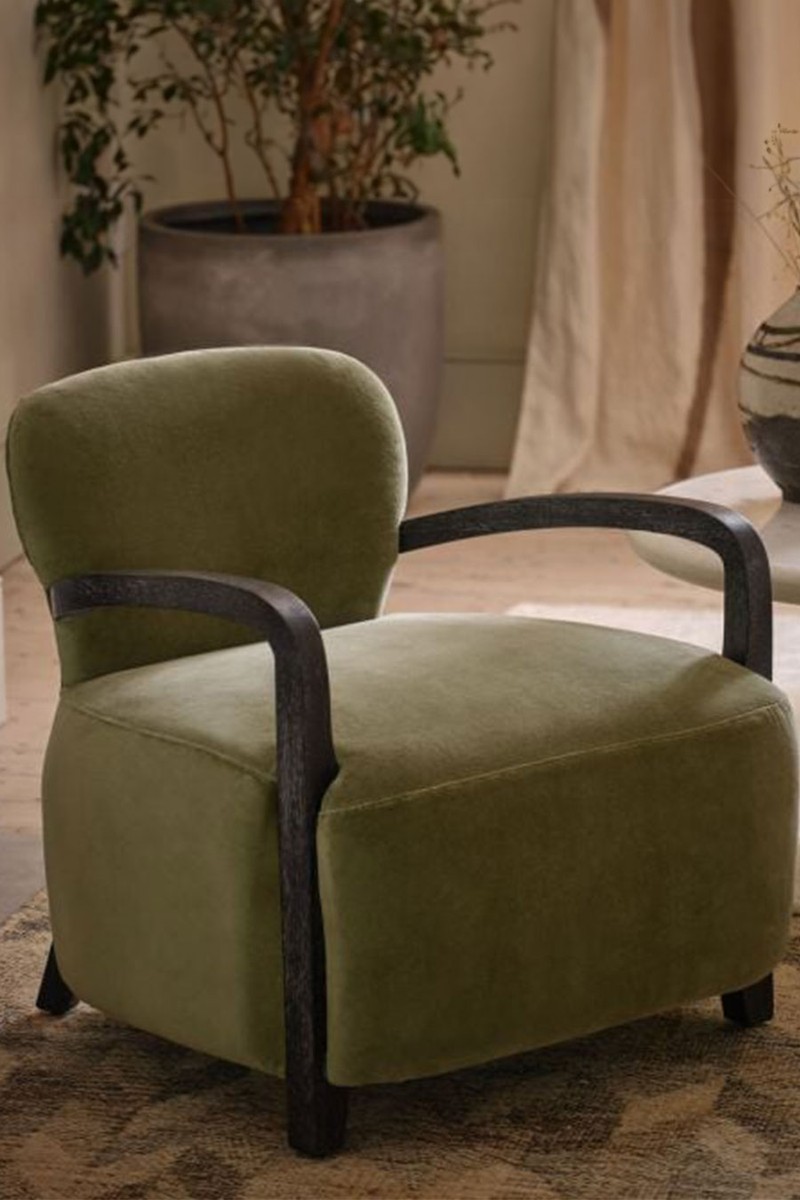
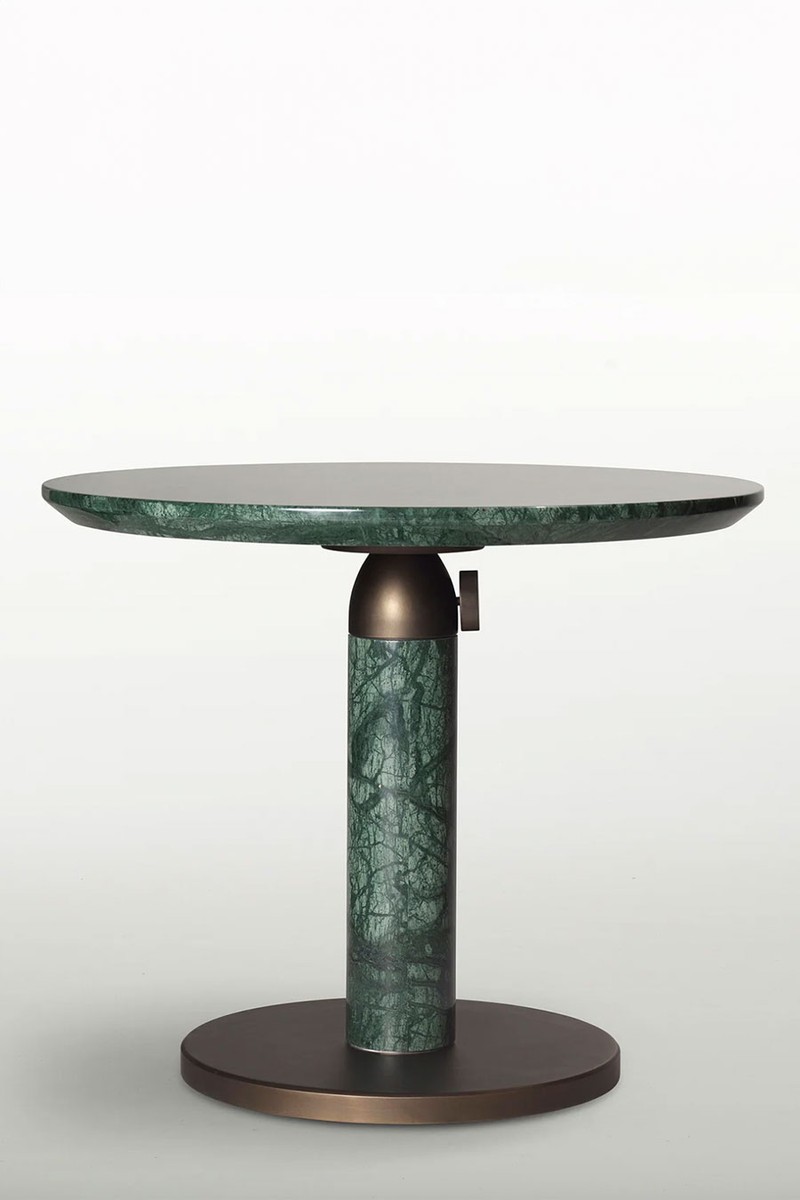
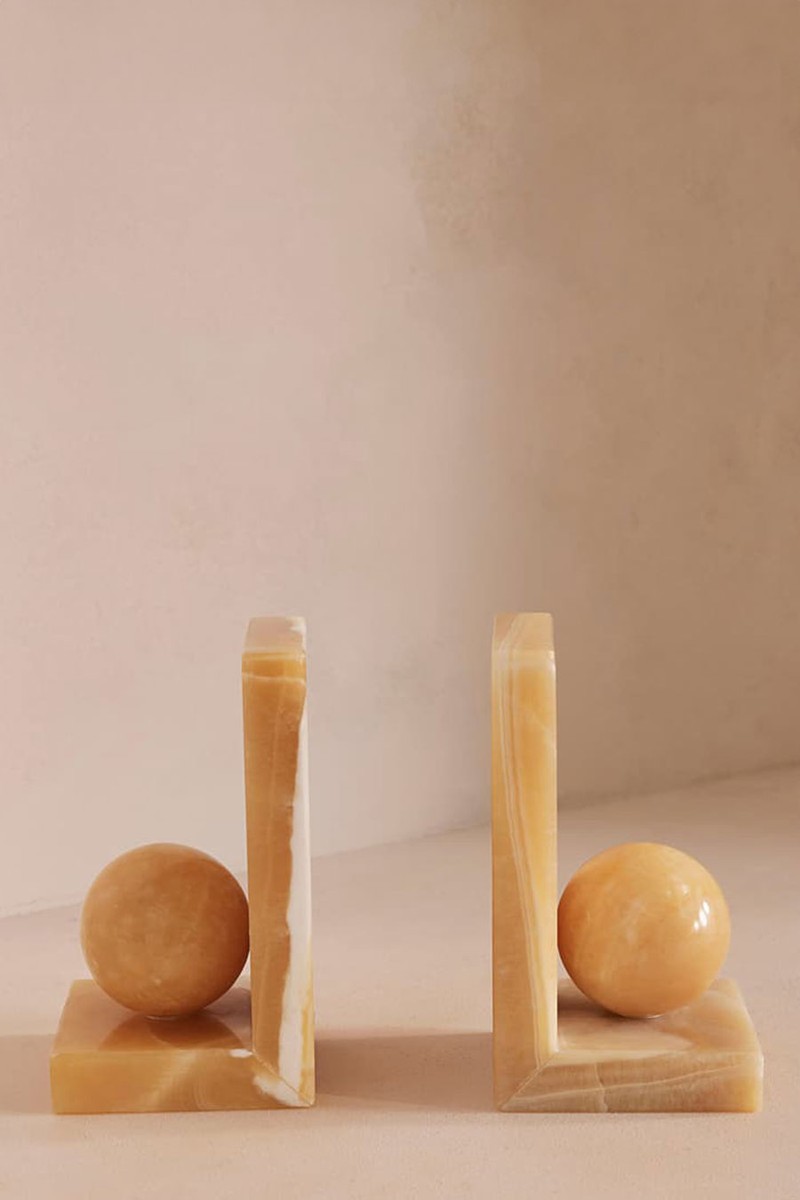
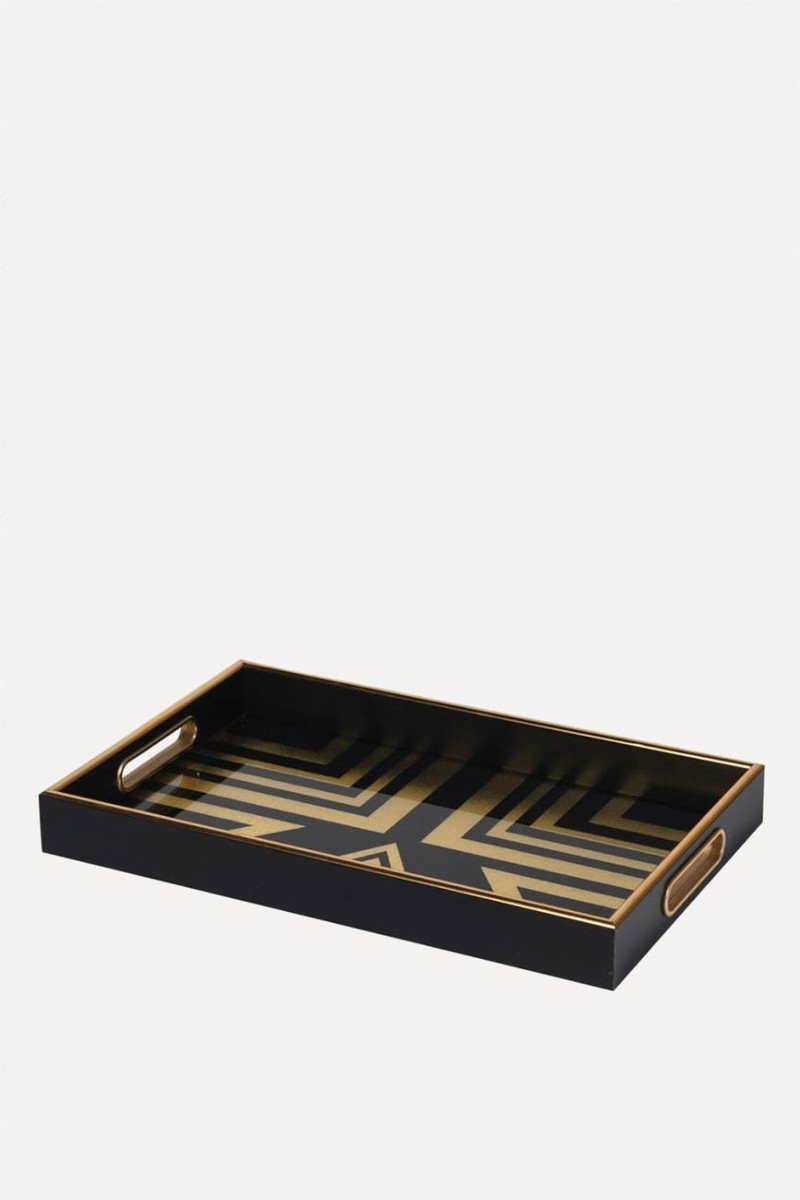
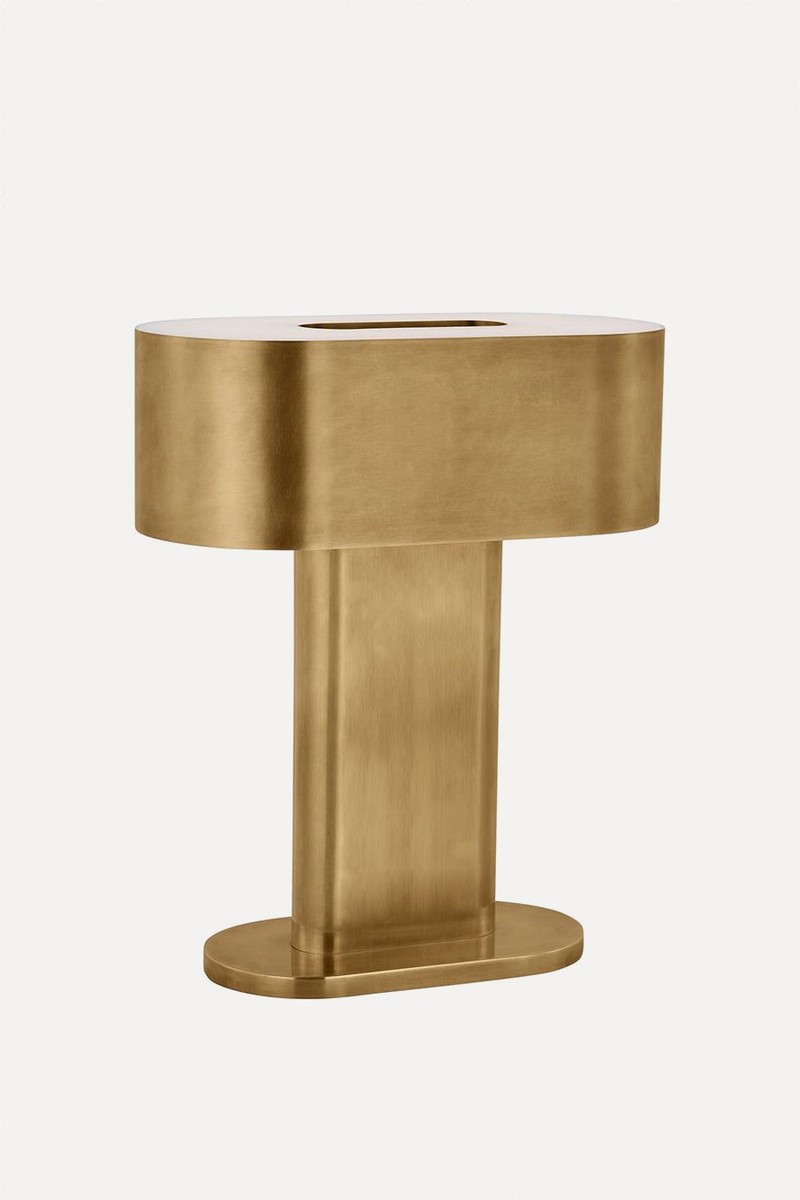
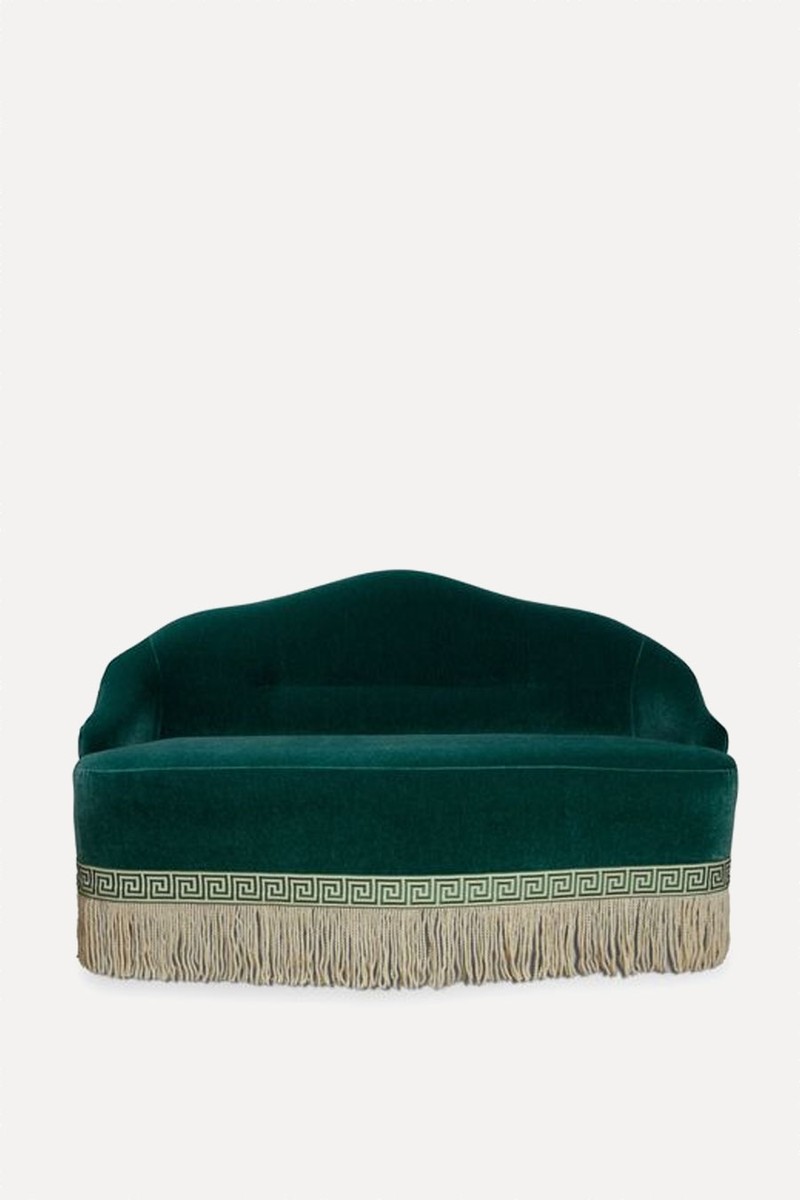
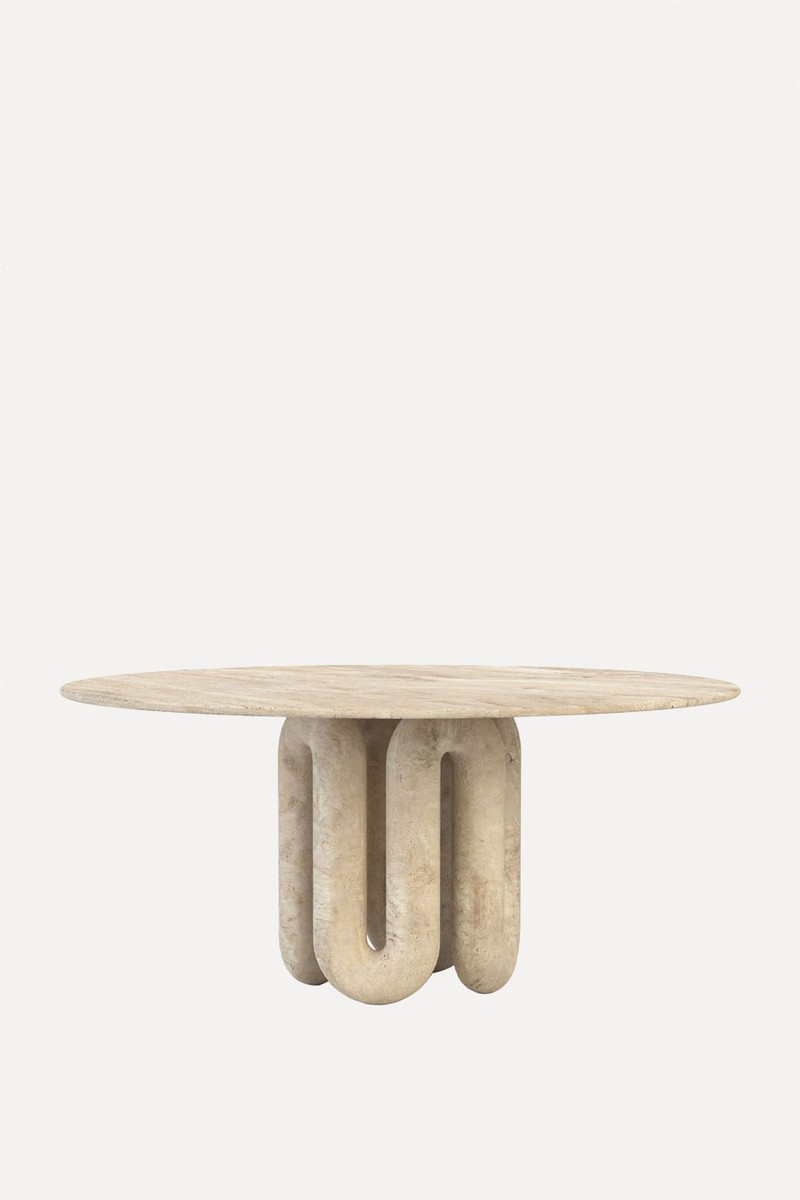
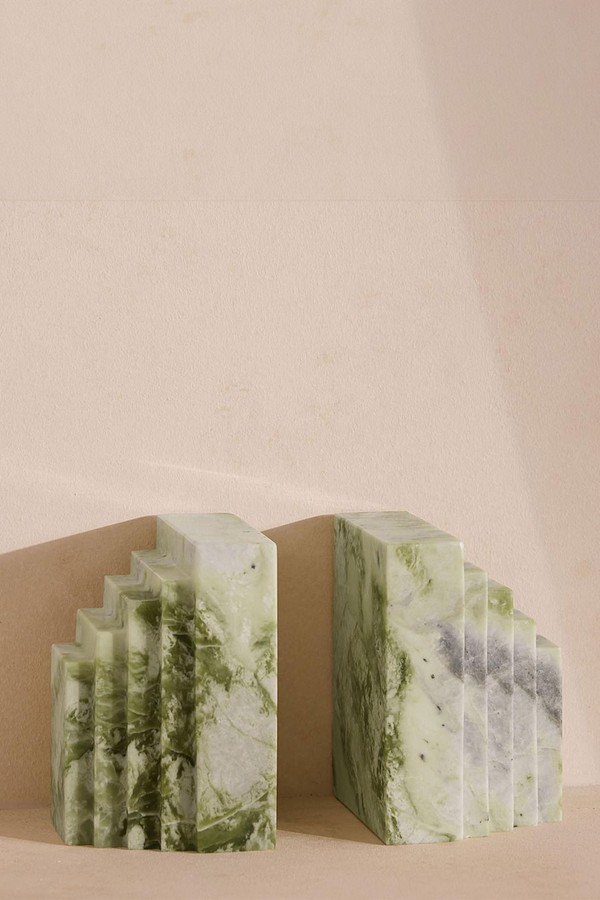
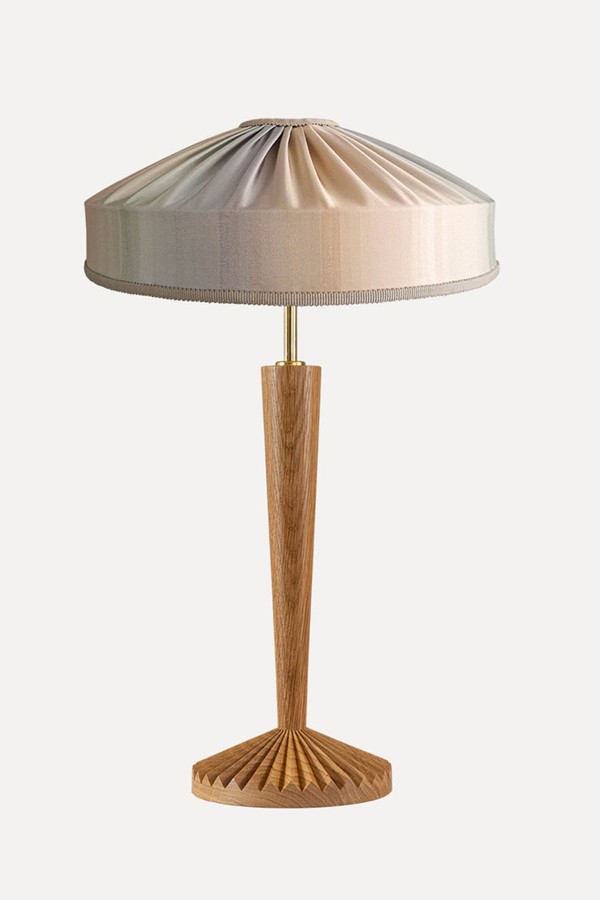
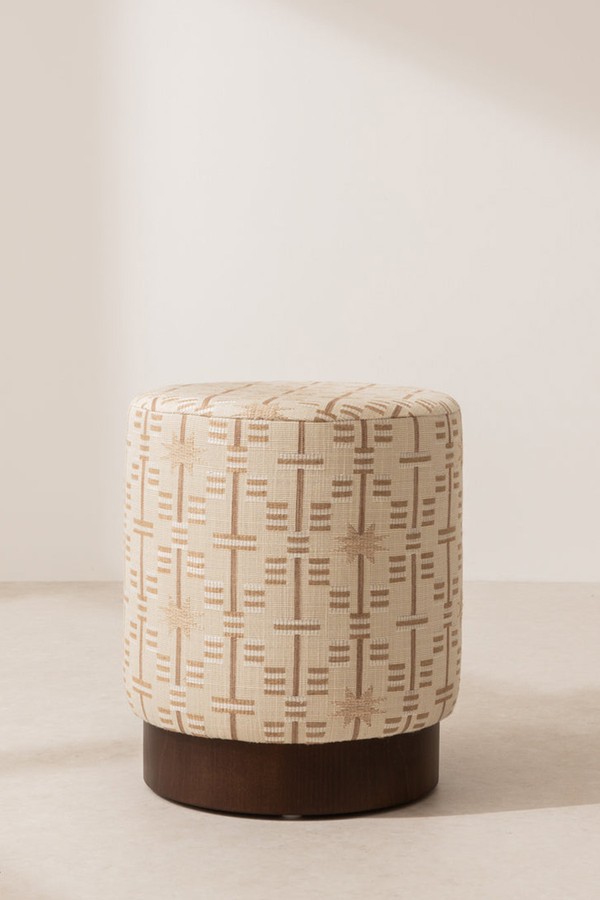
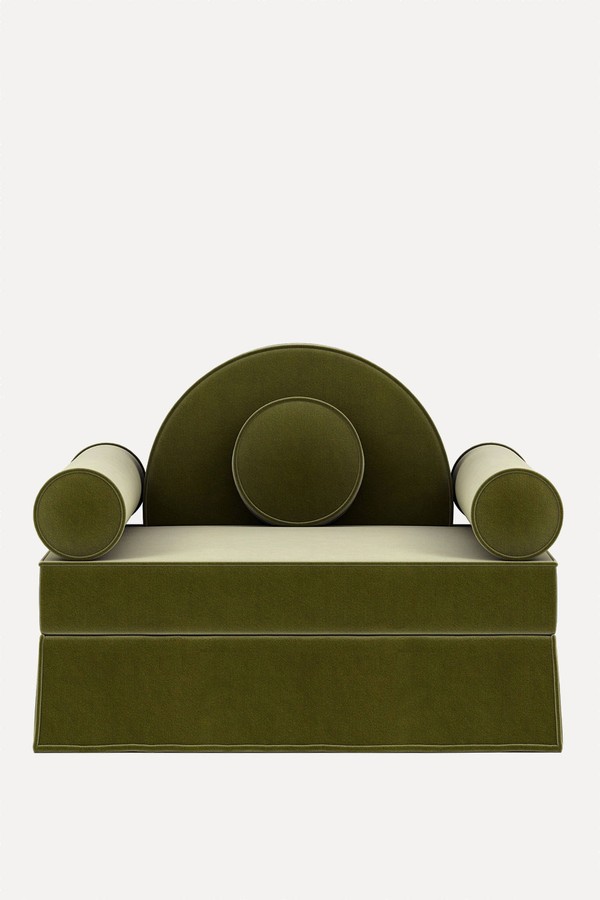
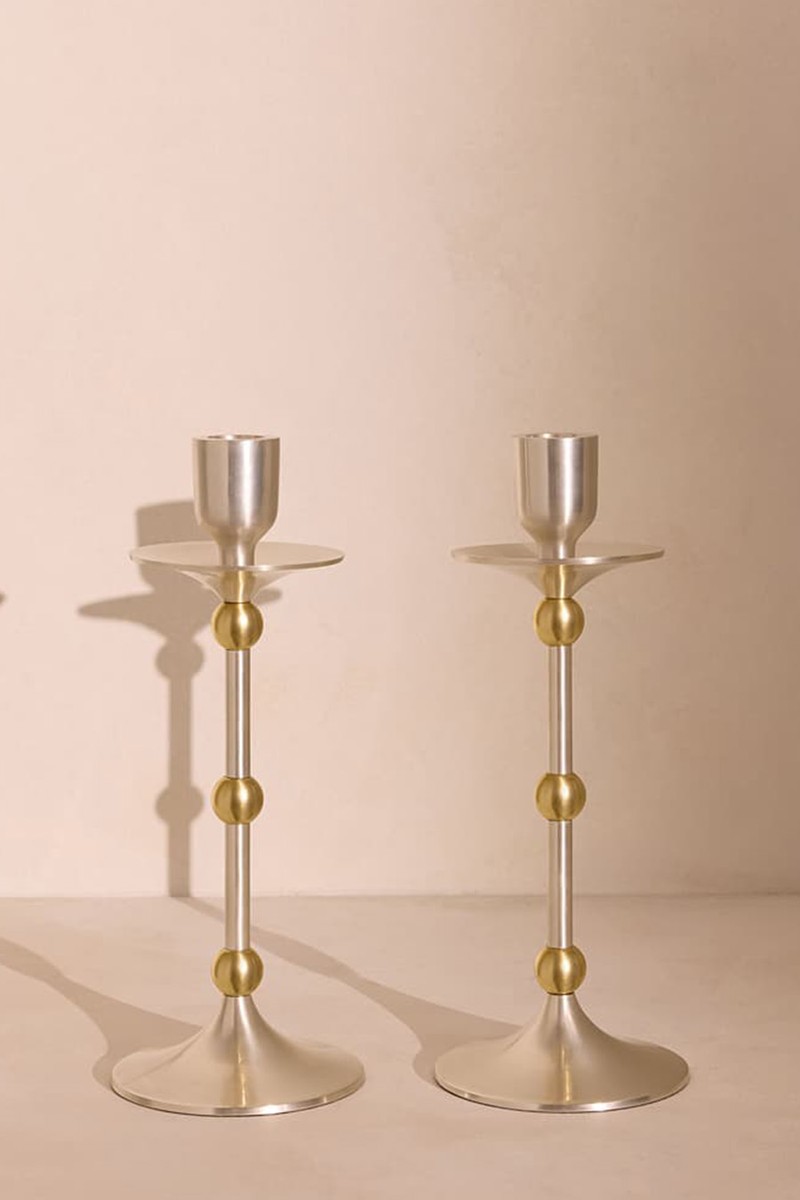
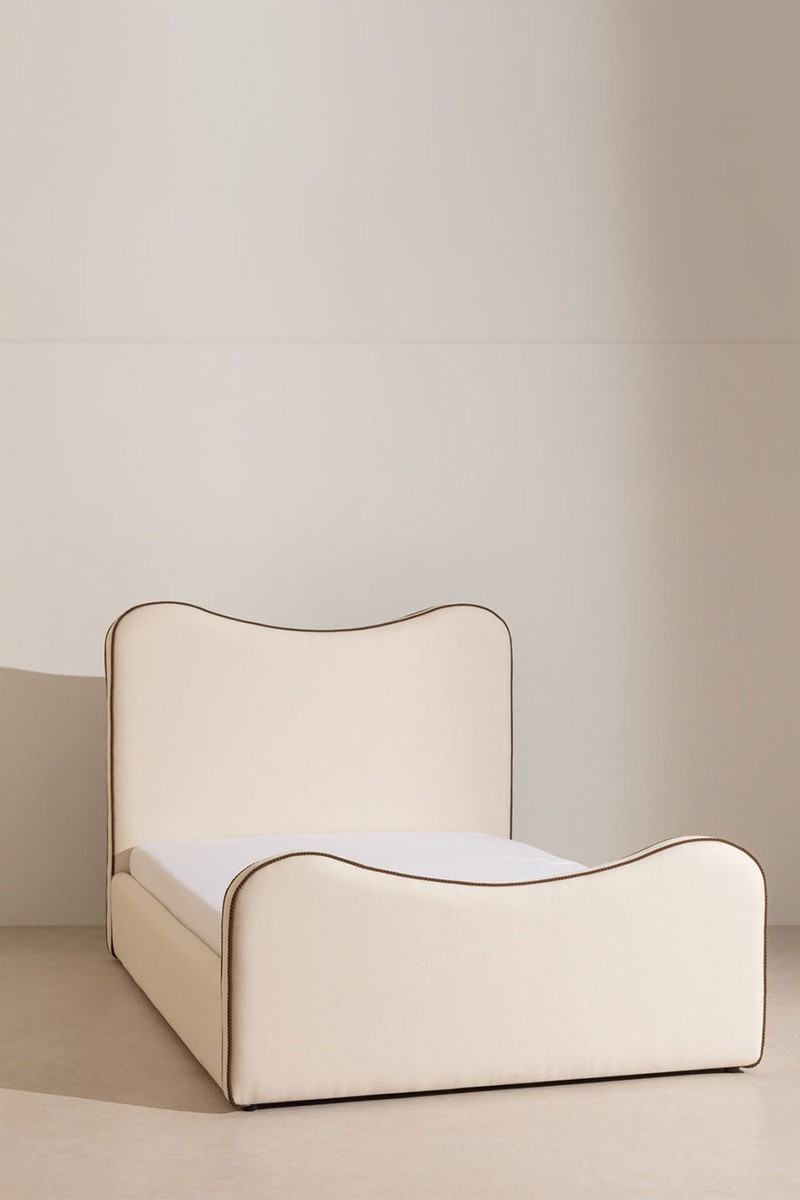
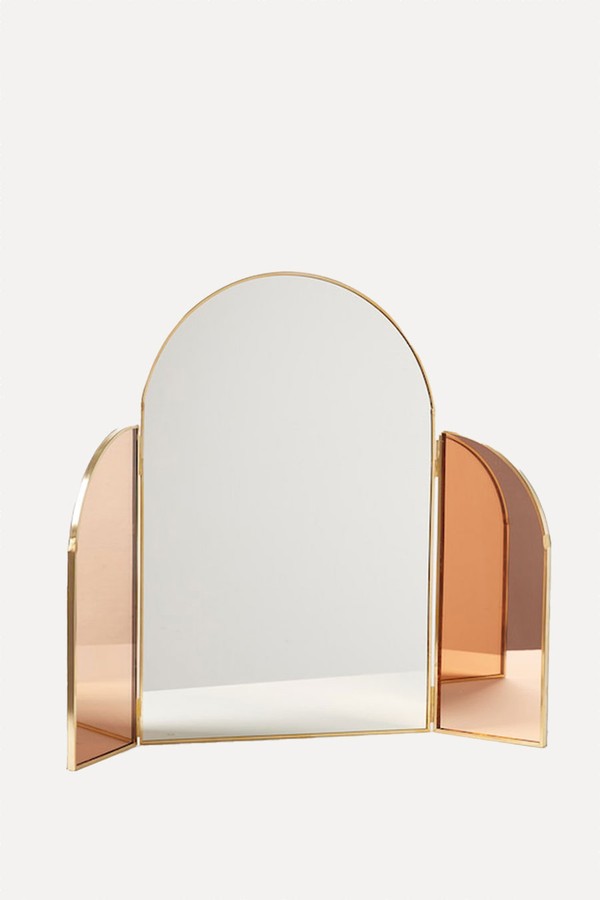
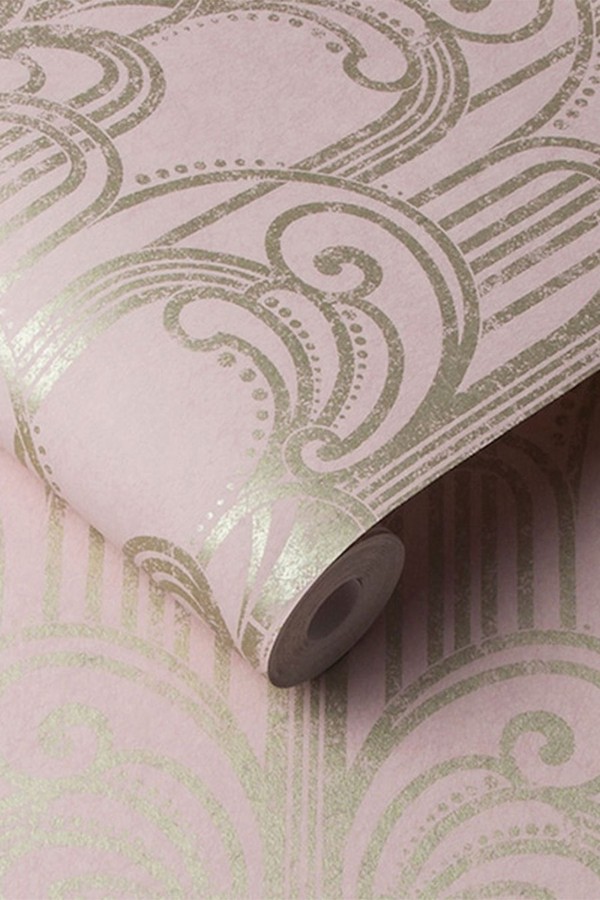
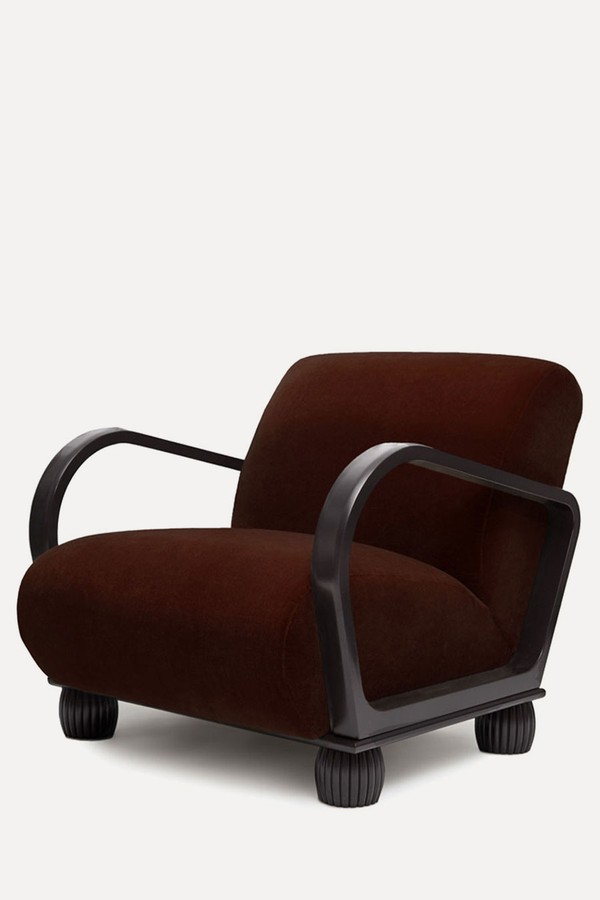
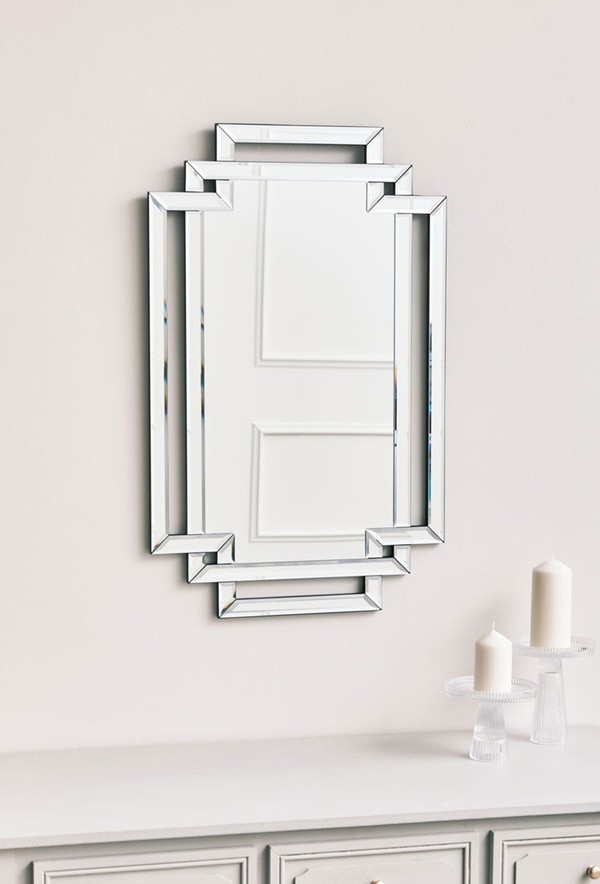
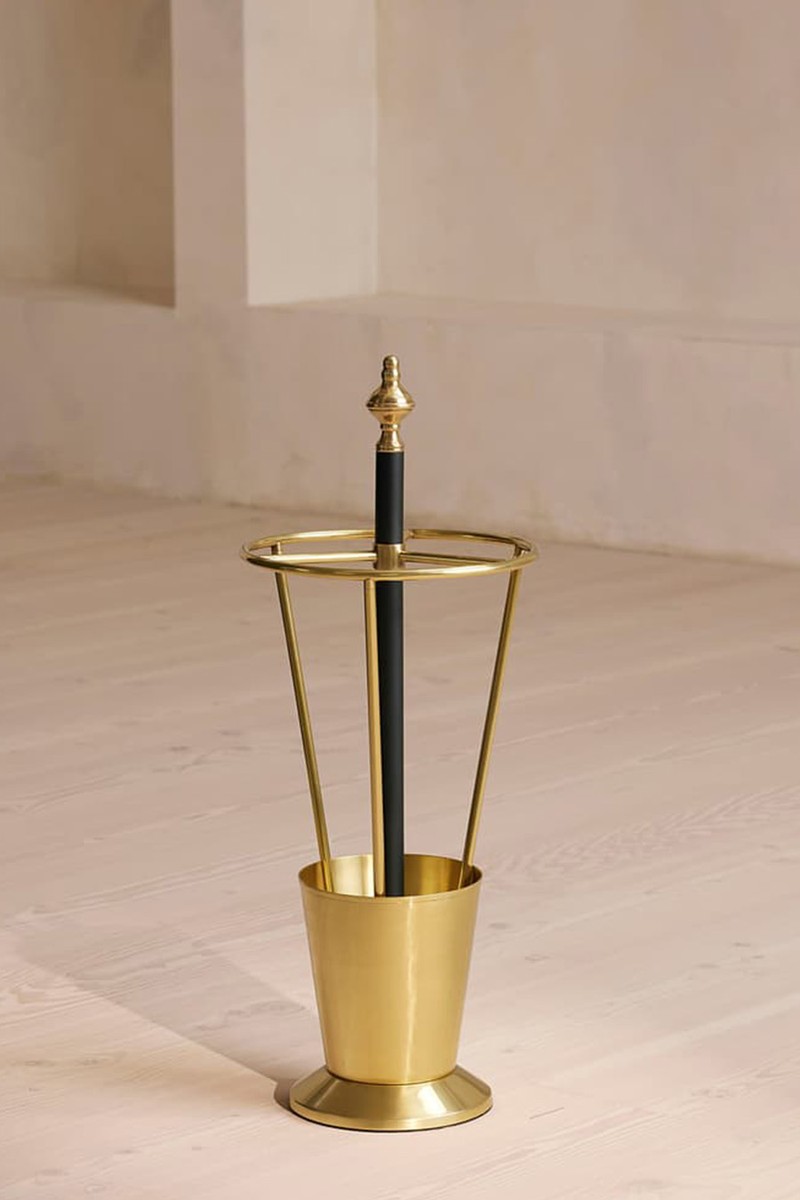

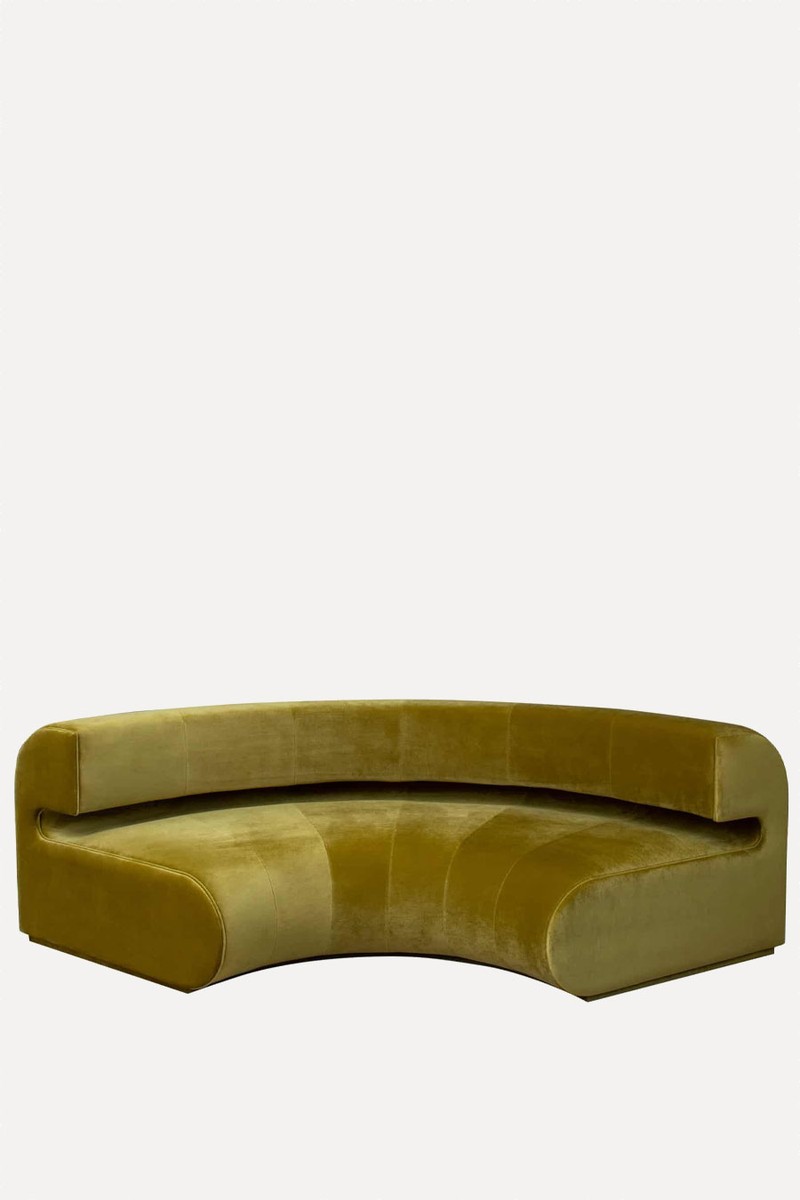
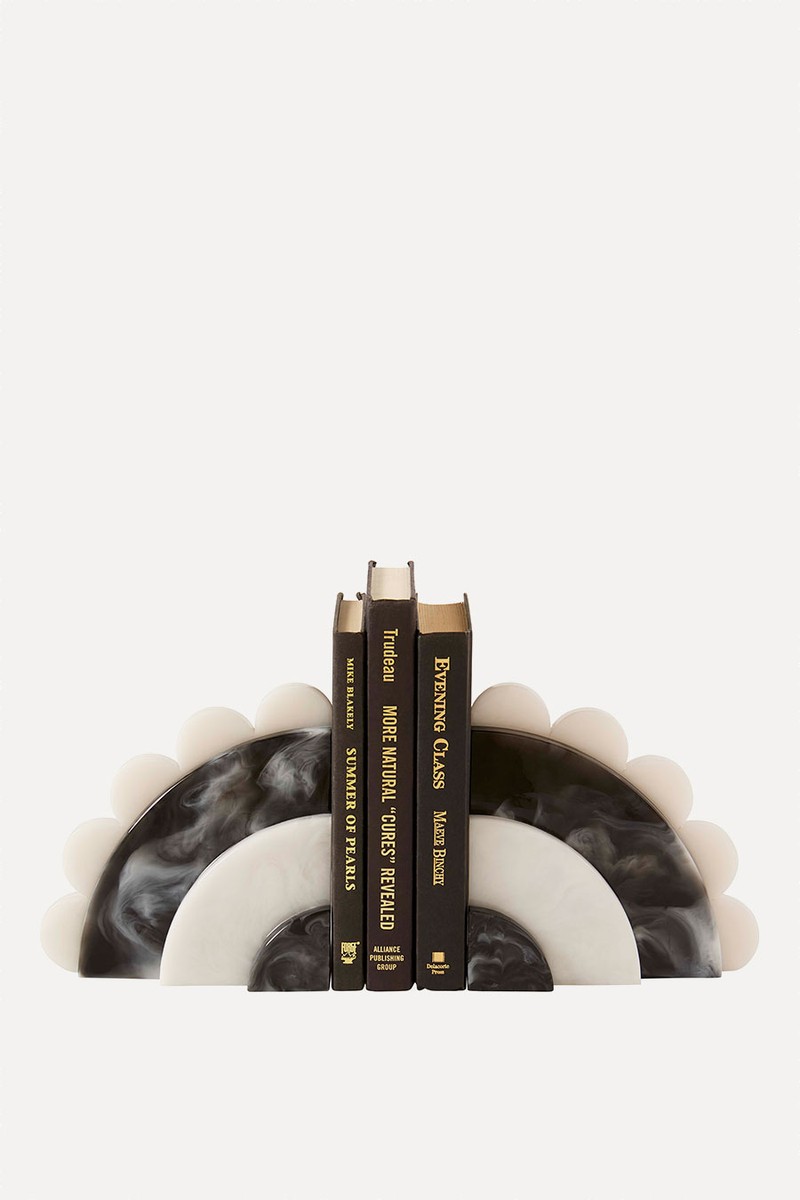
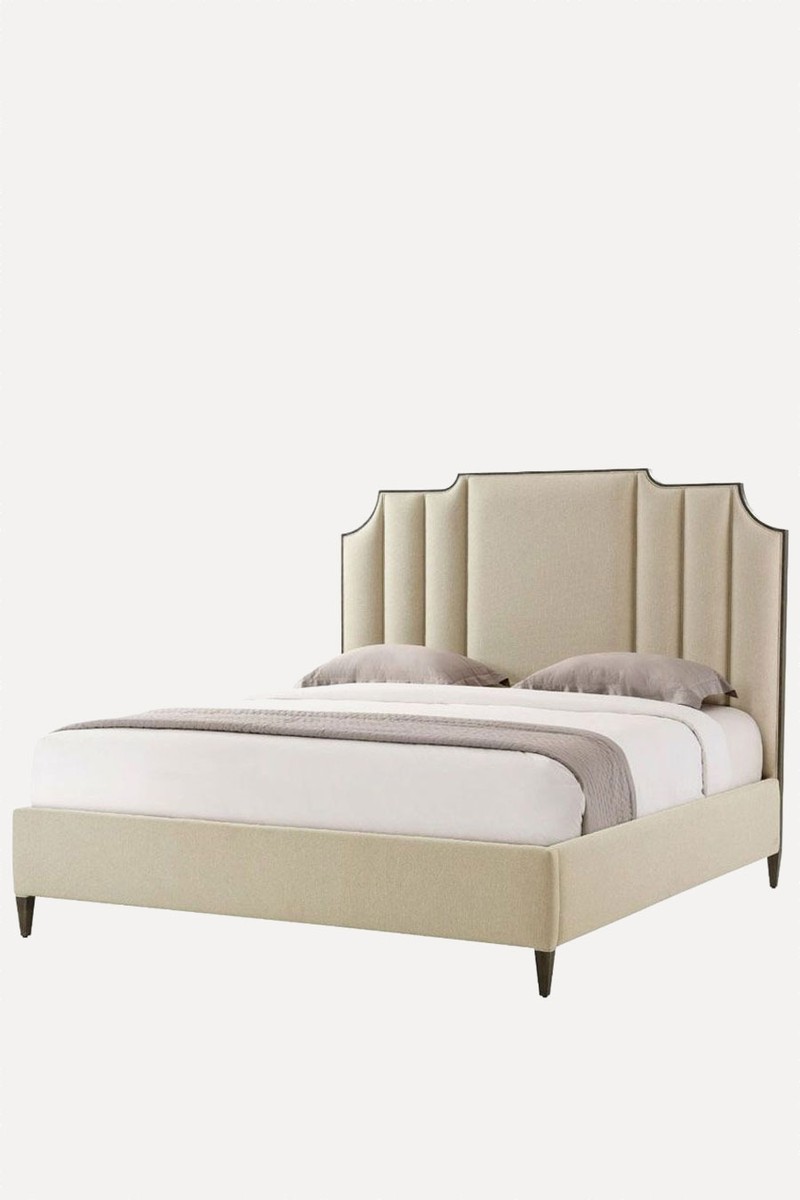
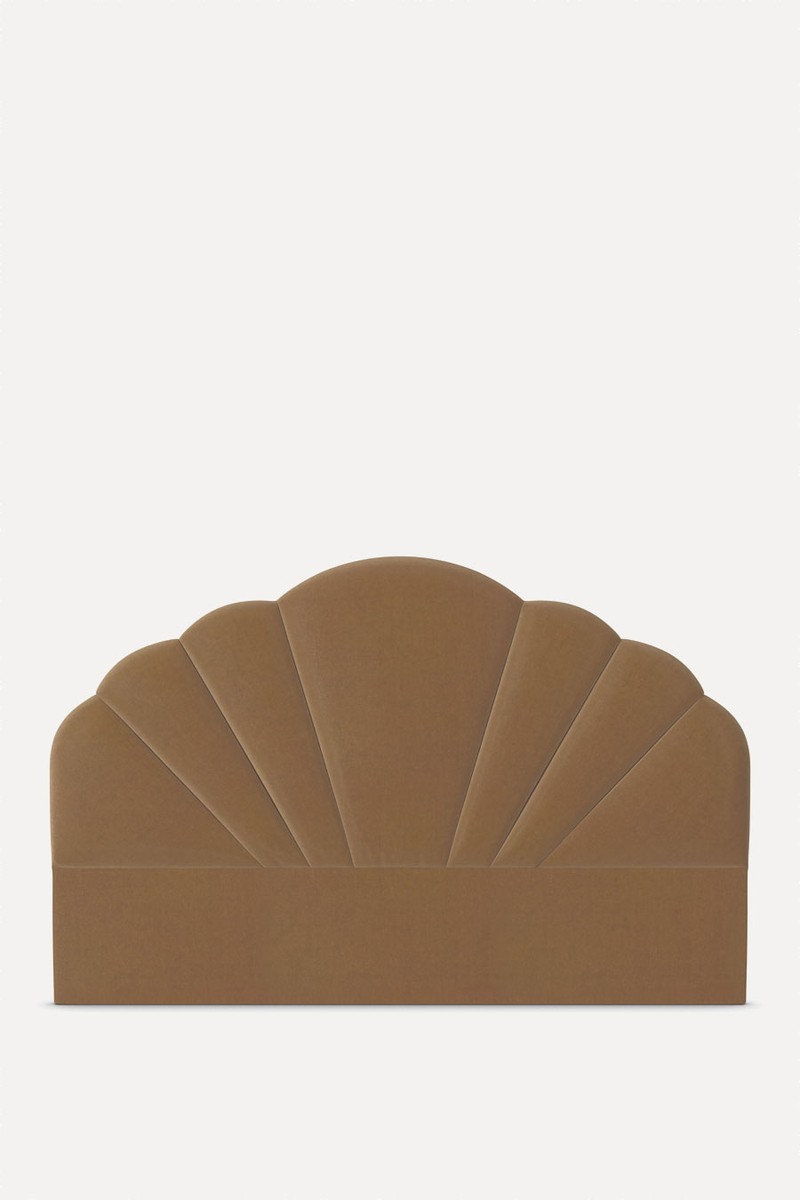
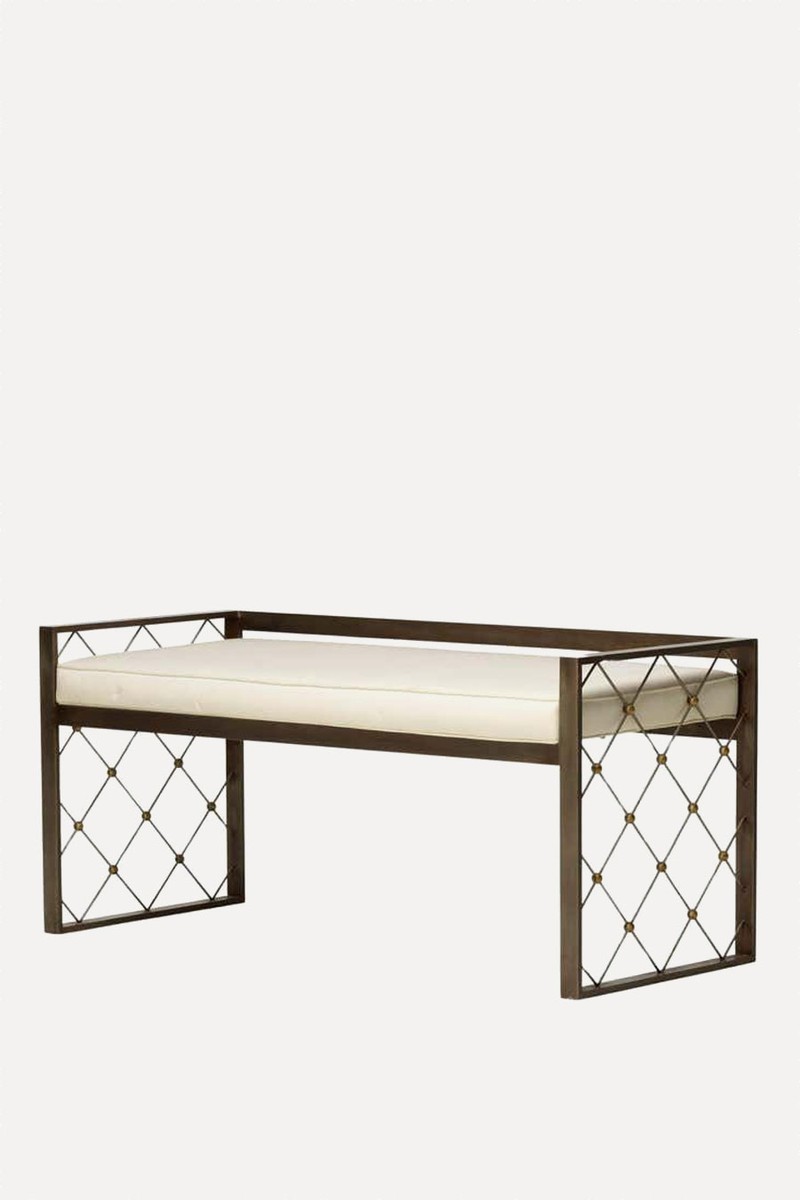
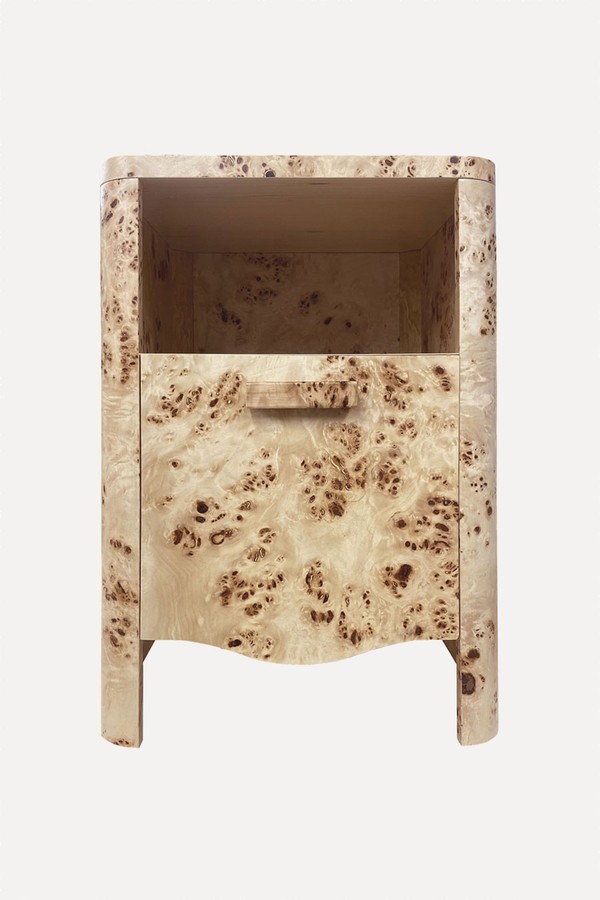
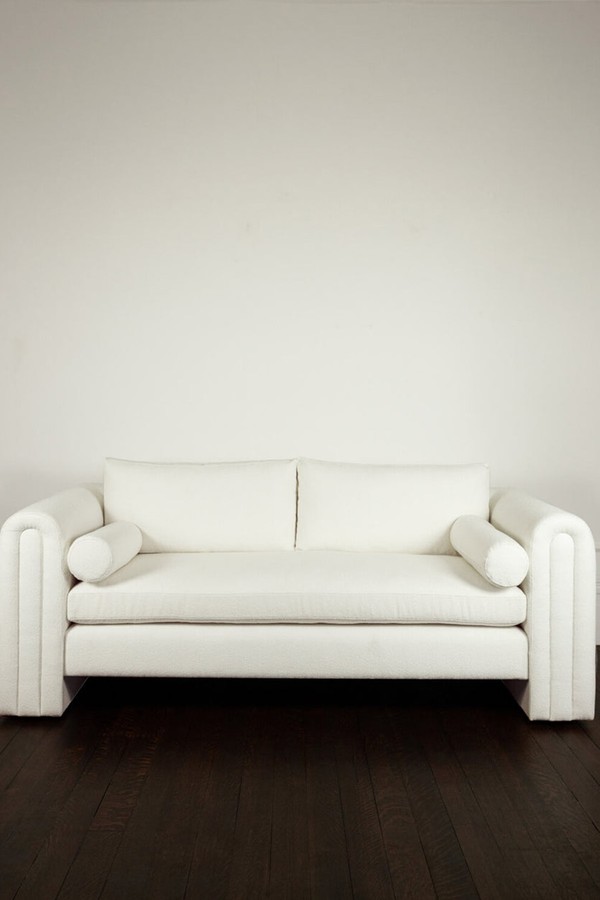
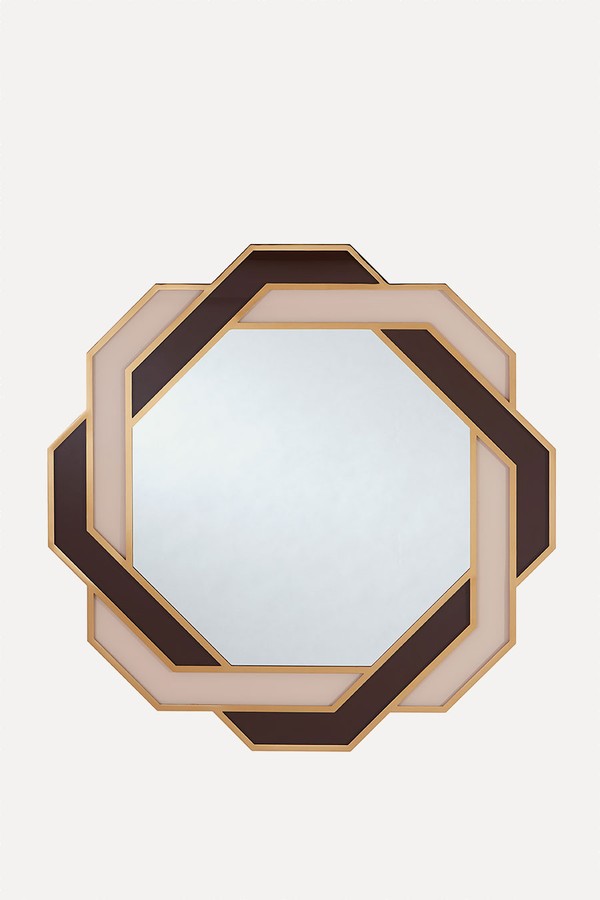
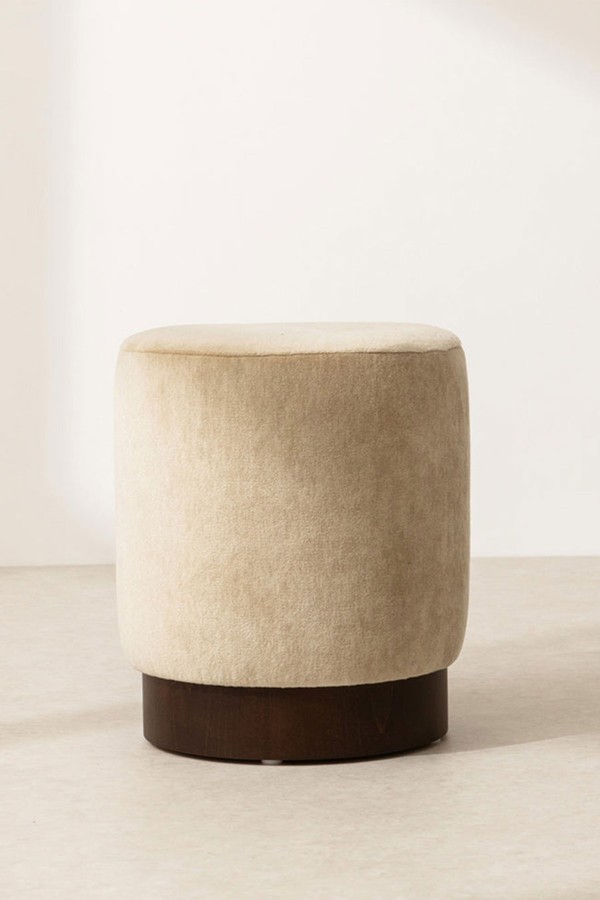
DISCLAIMER: We endeavour to always credit the correct original source of every image we use. If you think a credit may be incorrect, please contact us at info@sheerluxe.com.
